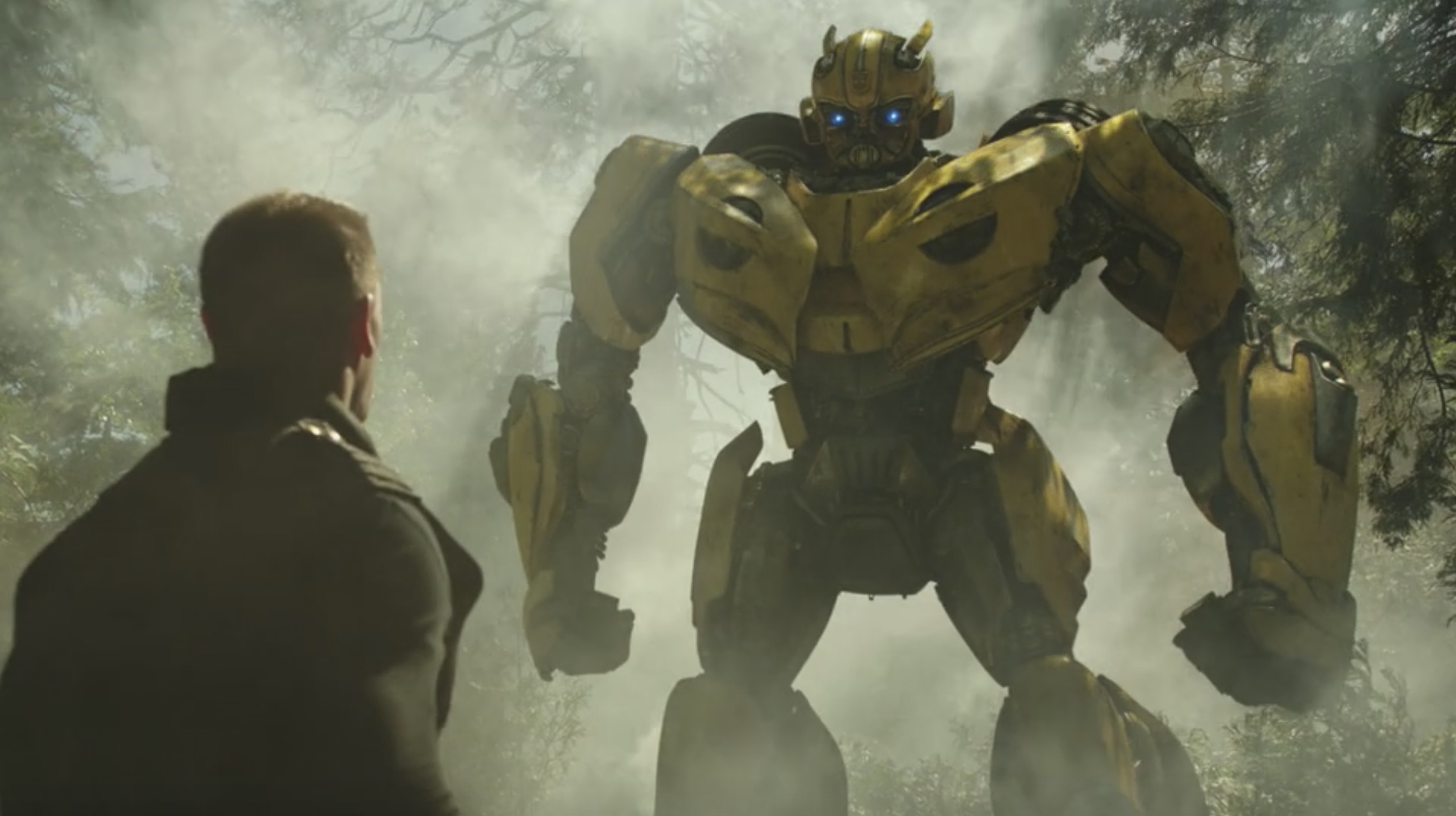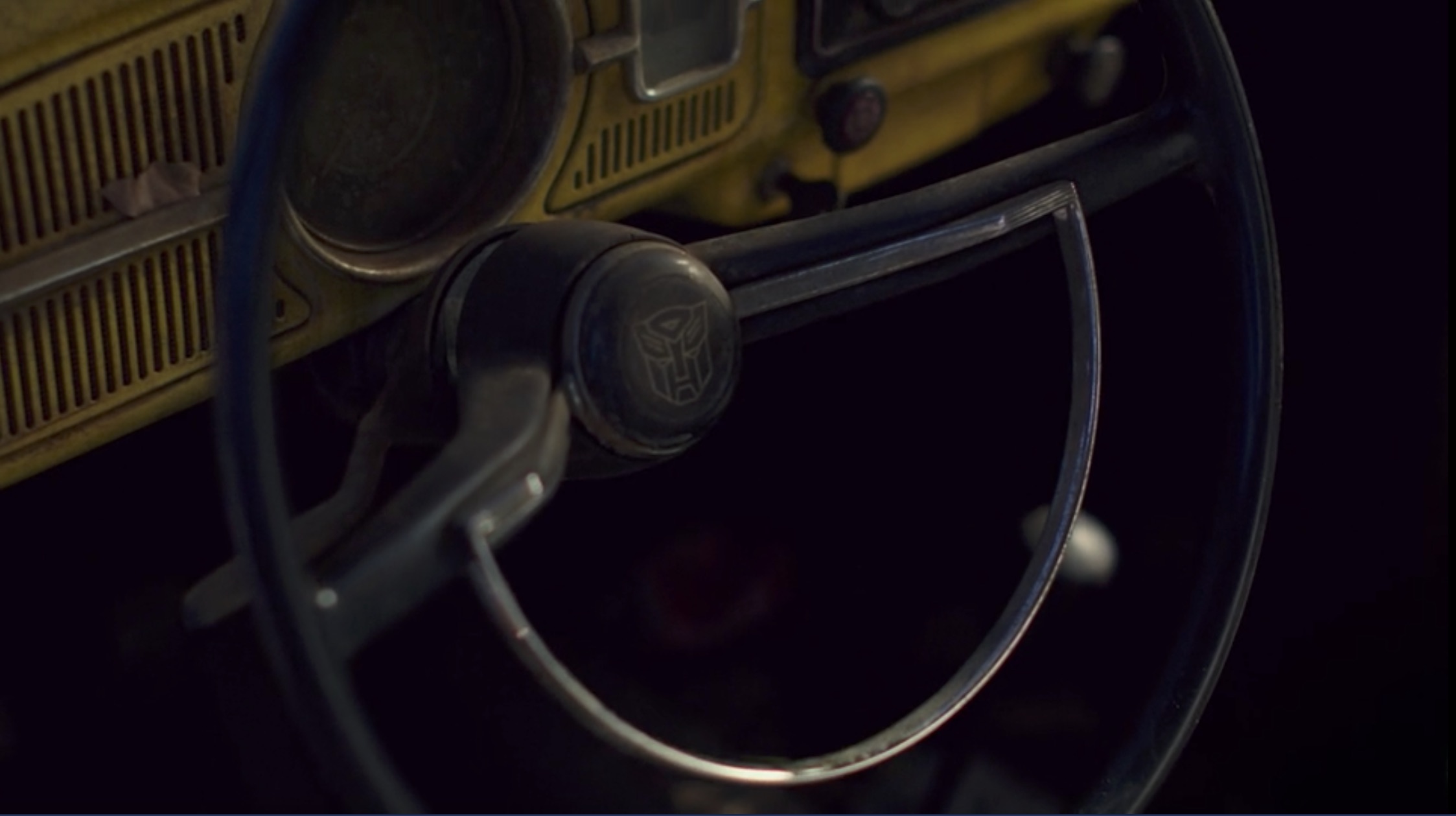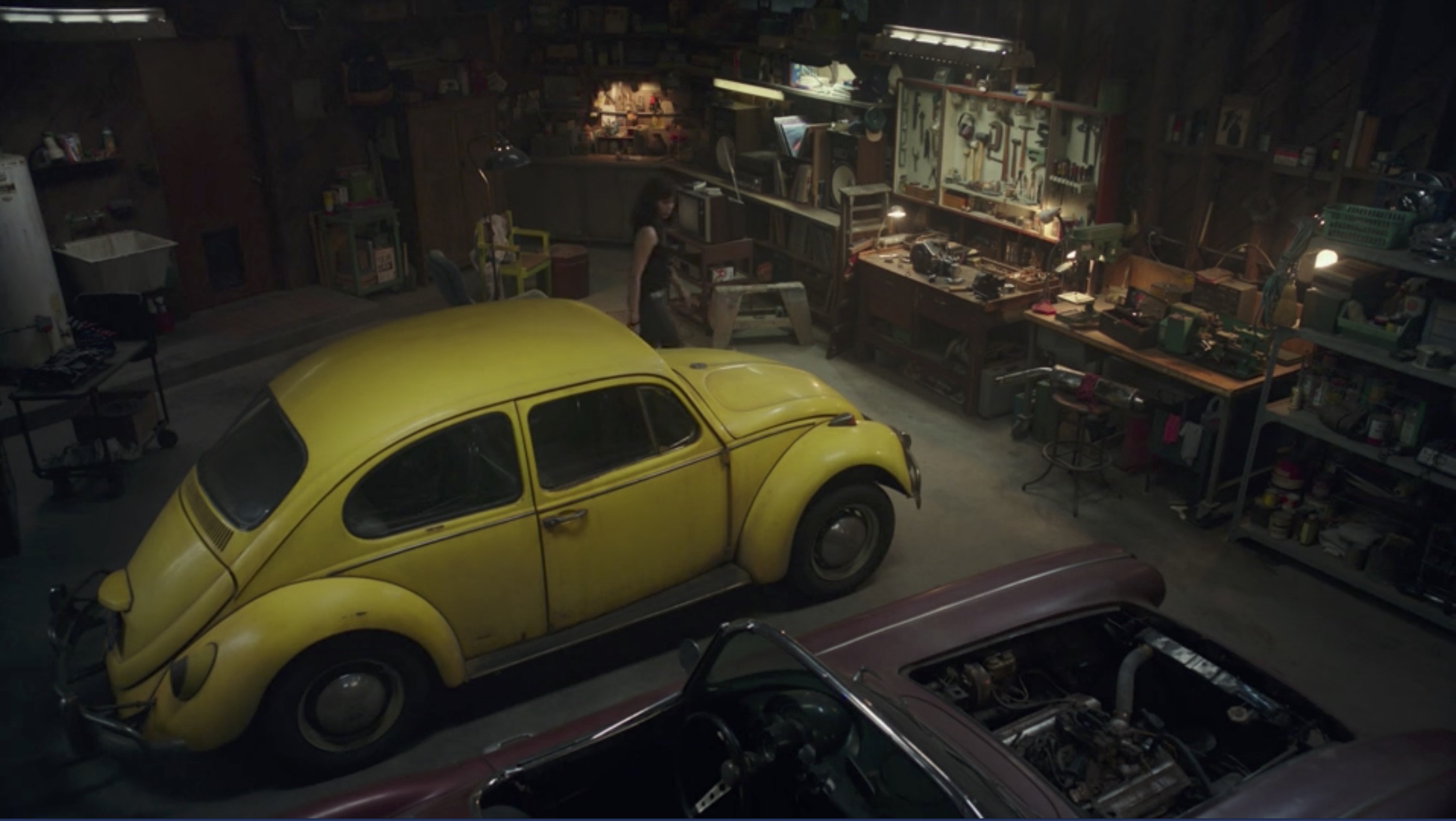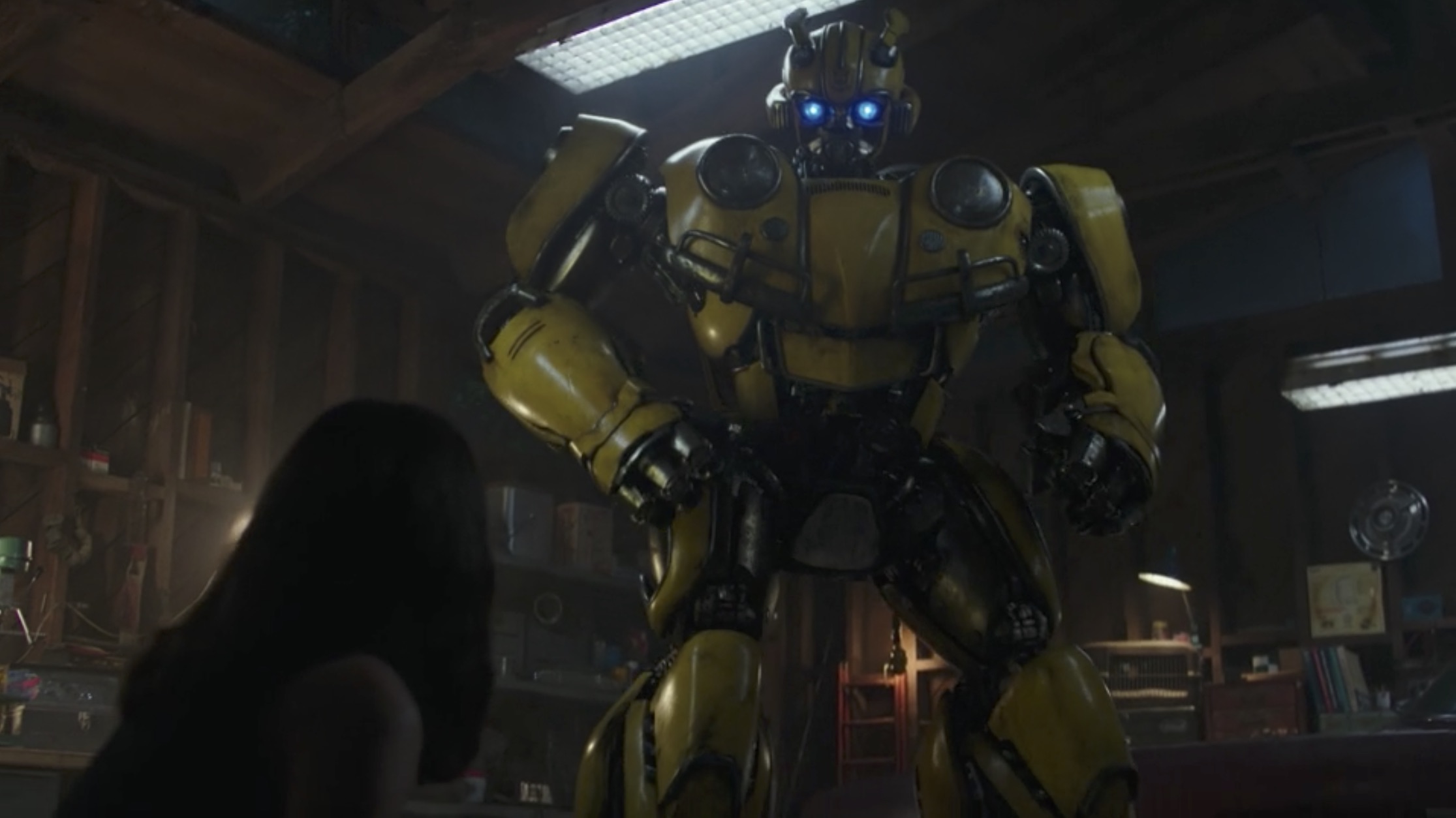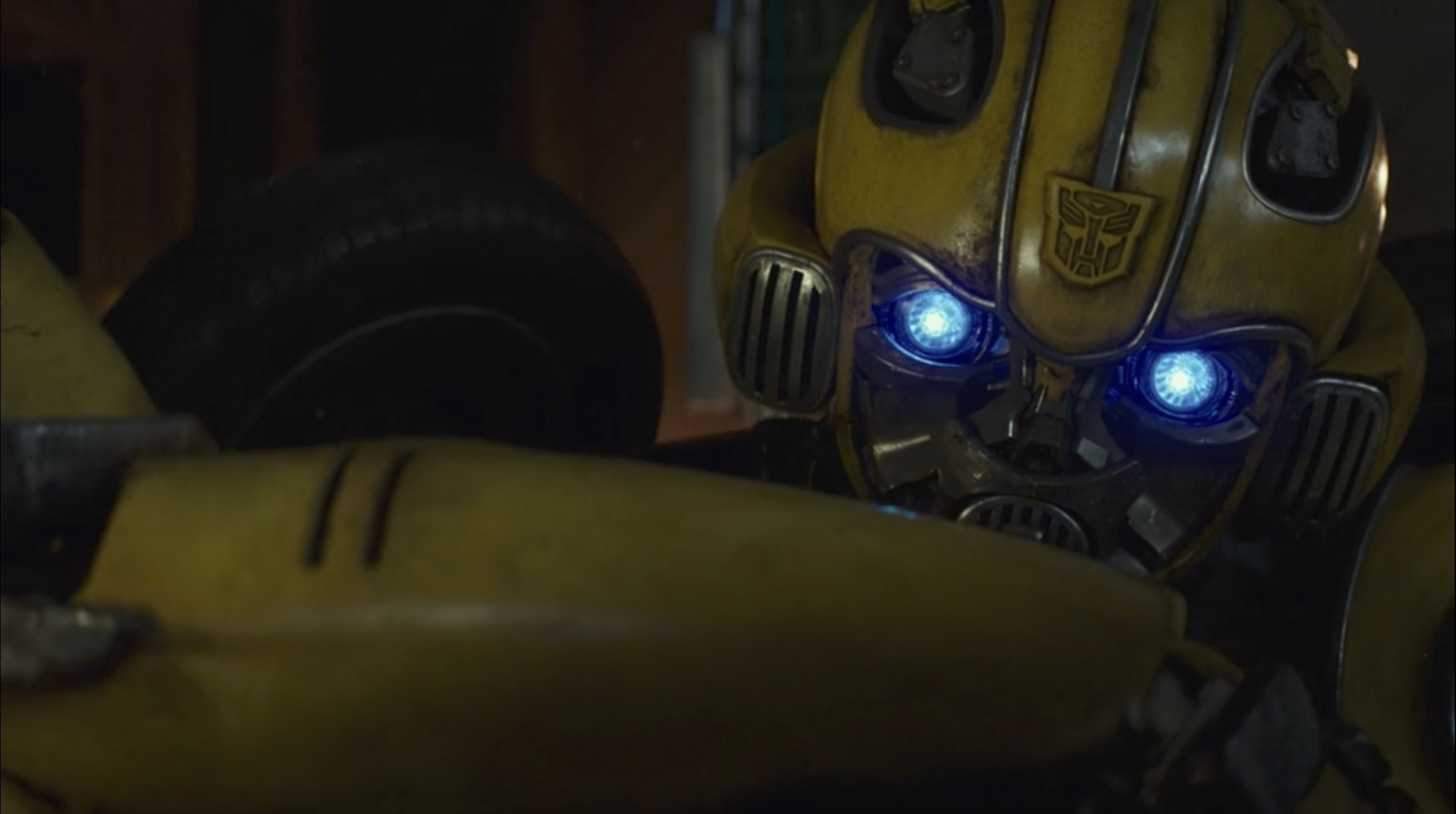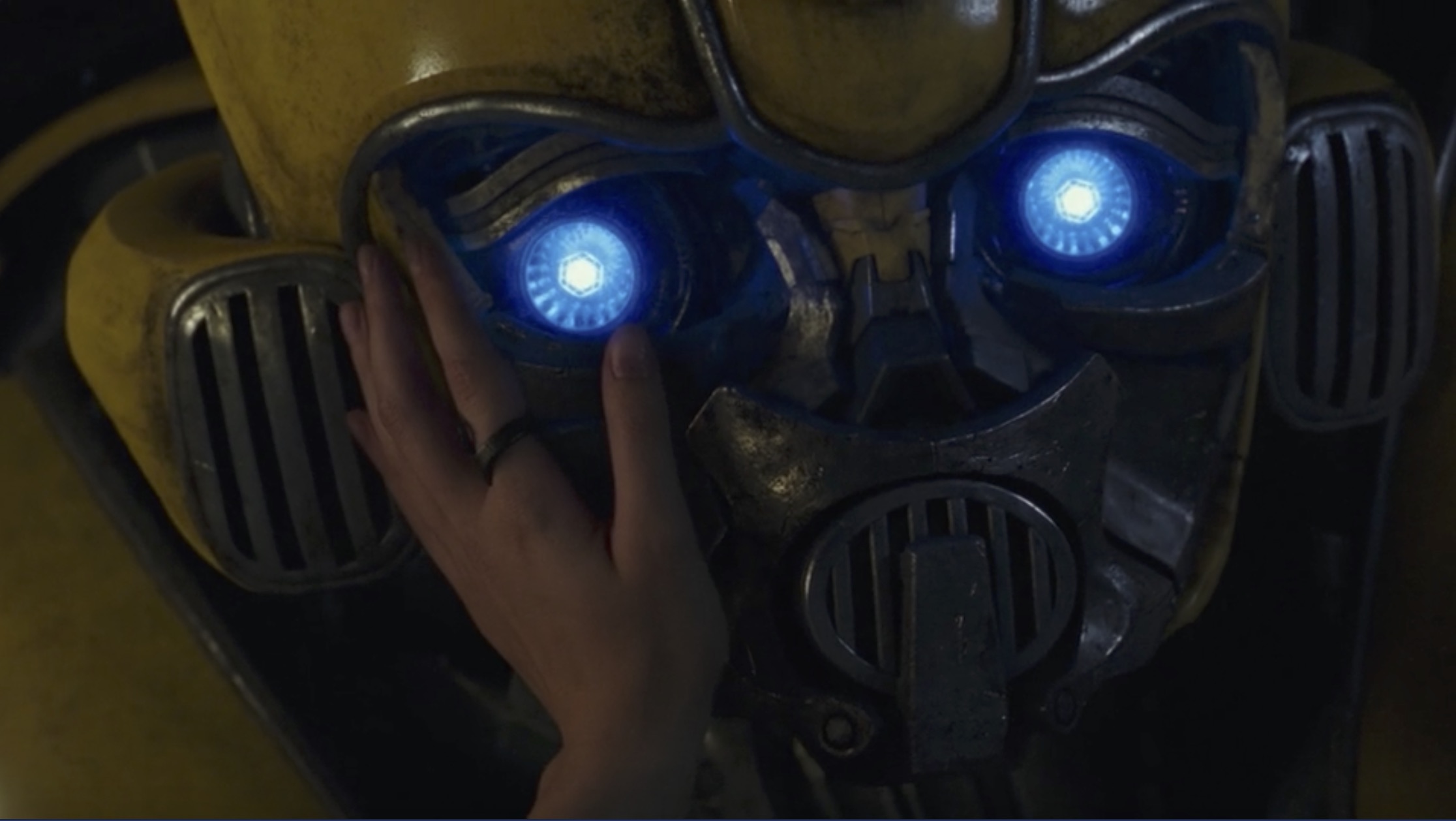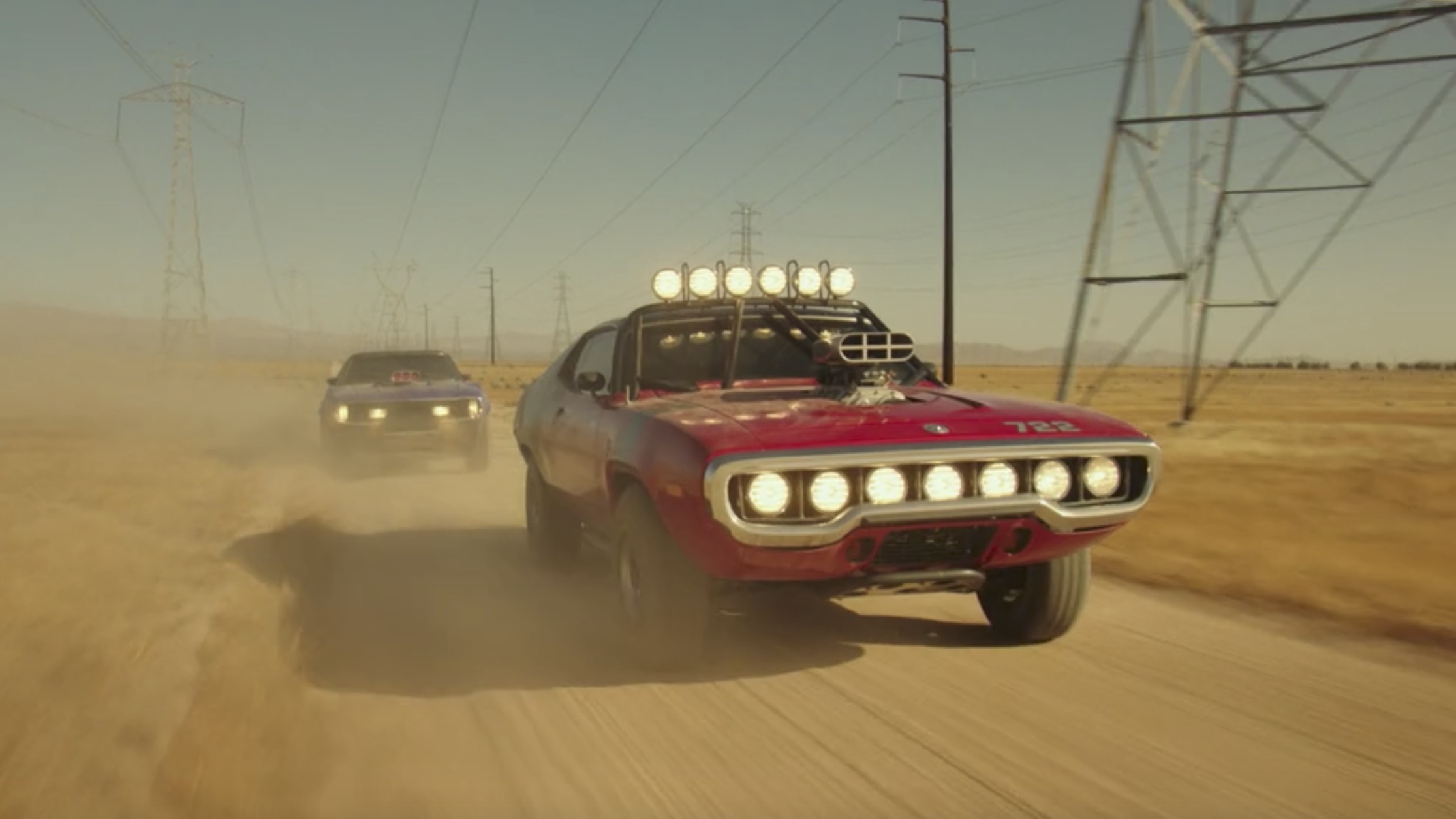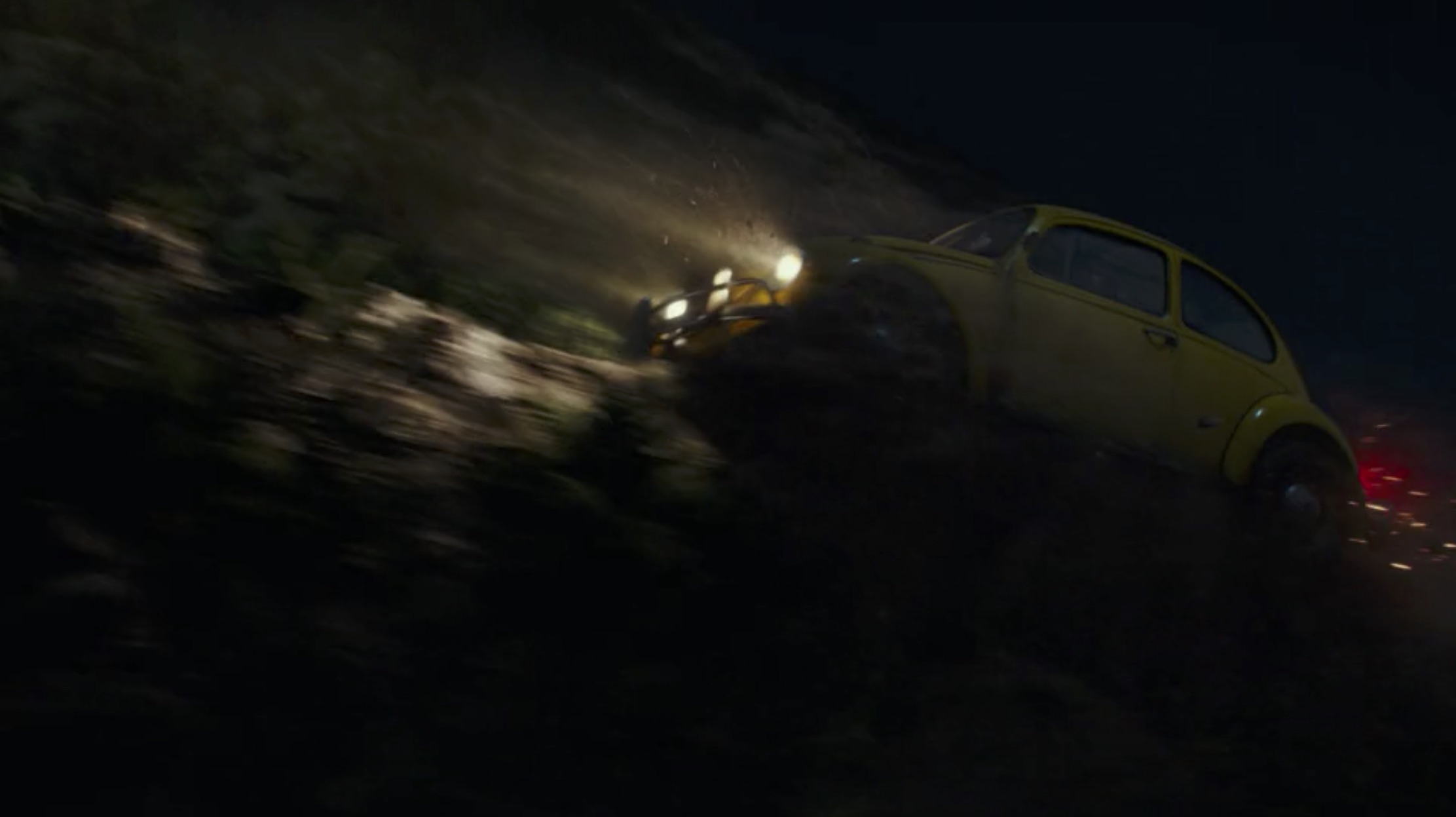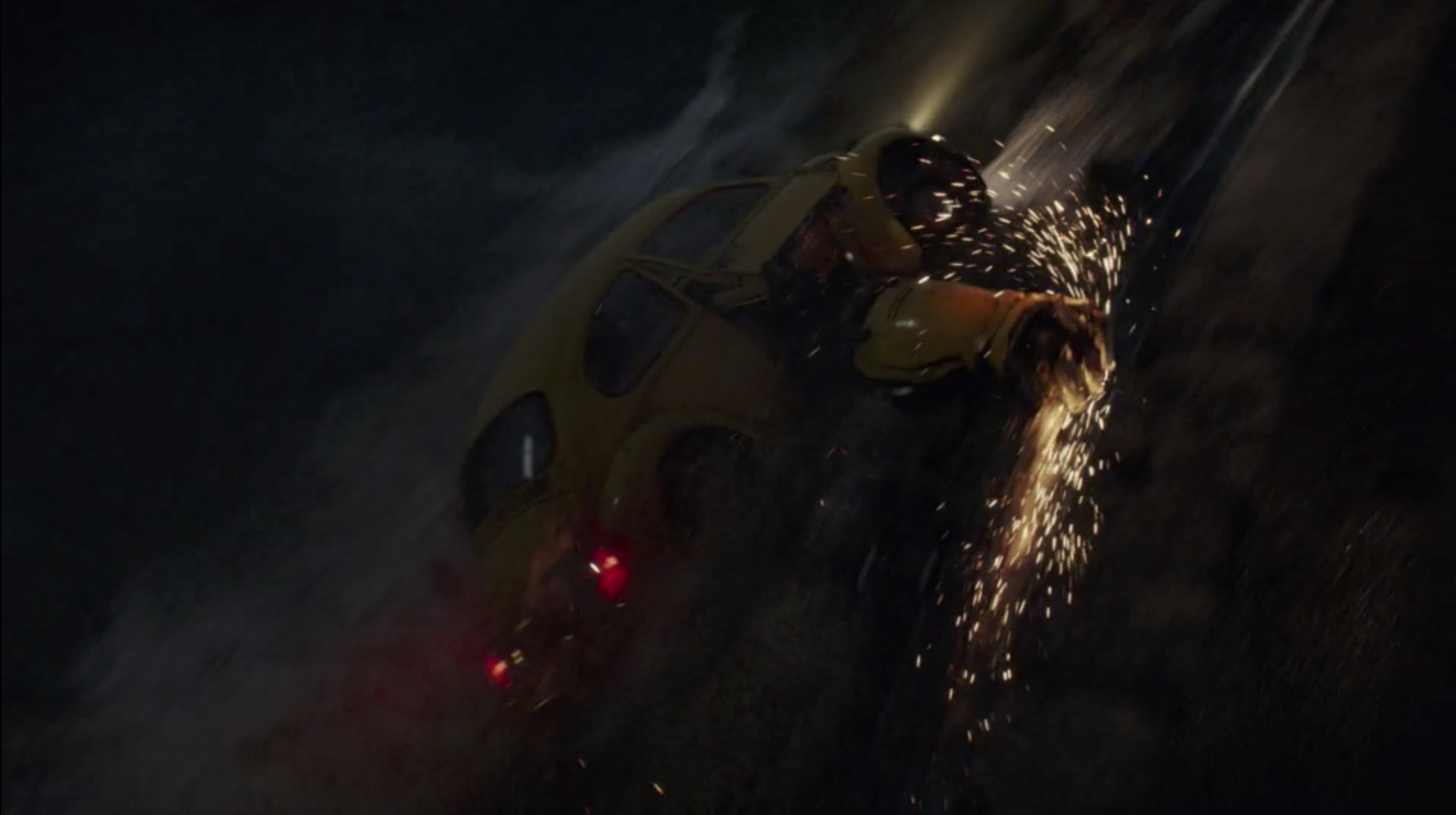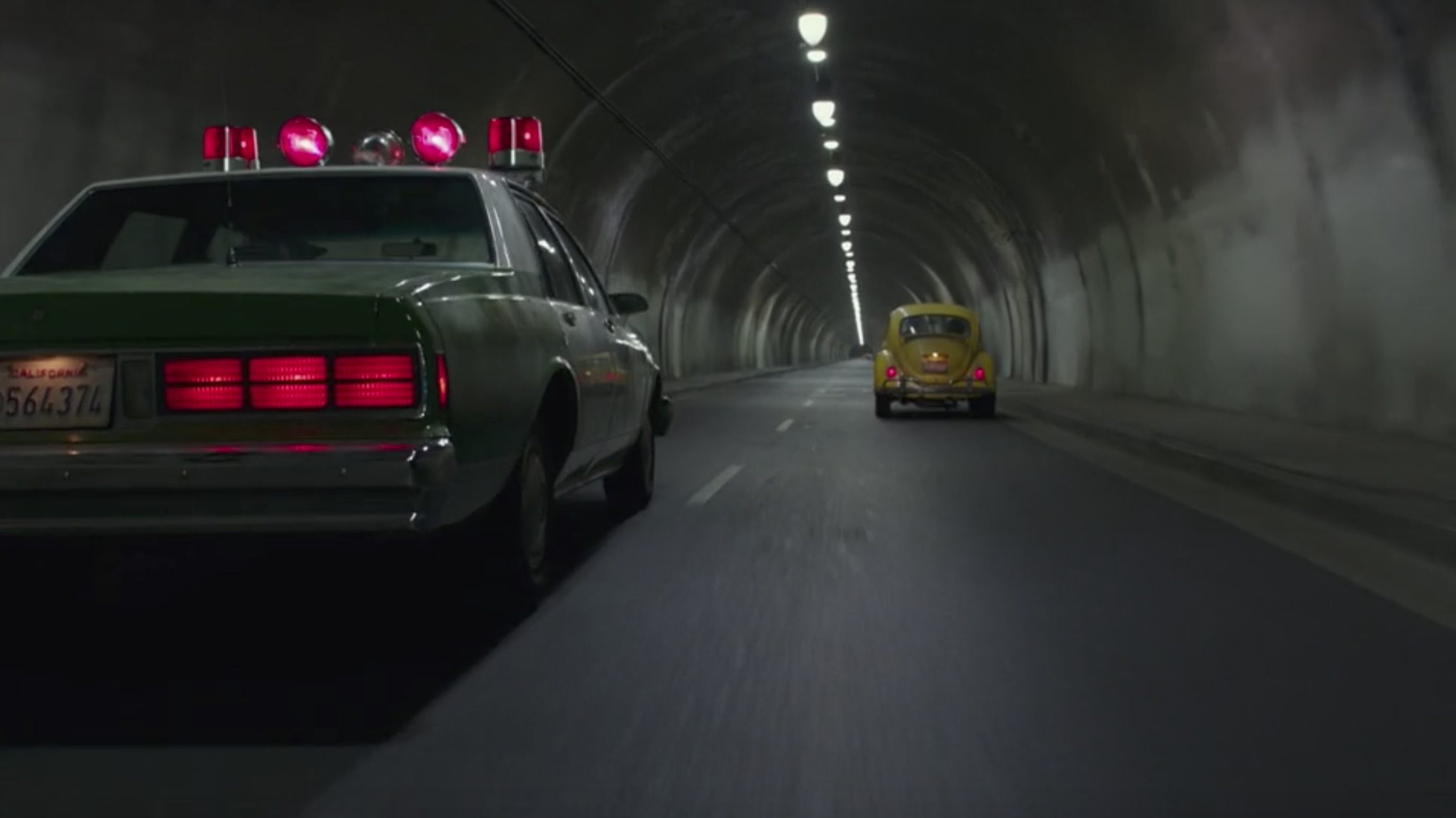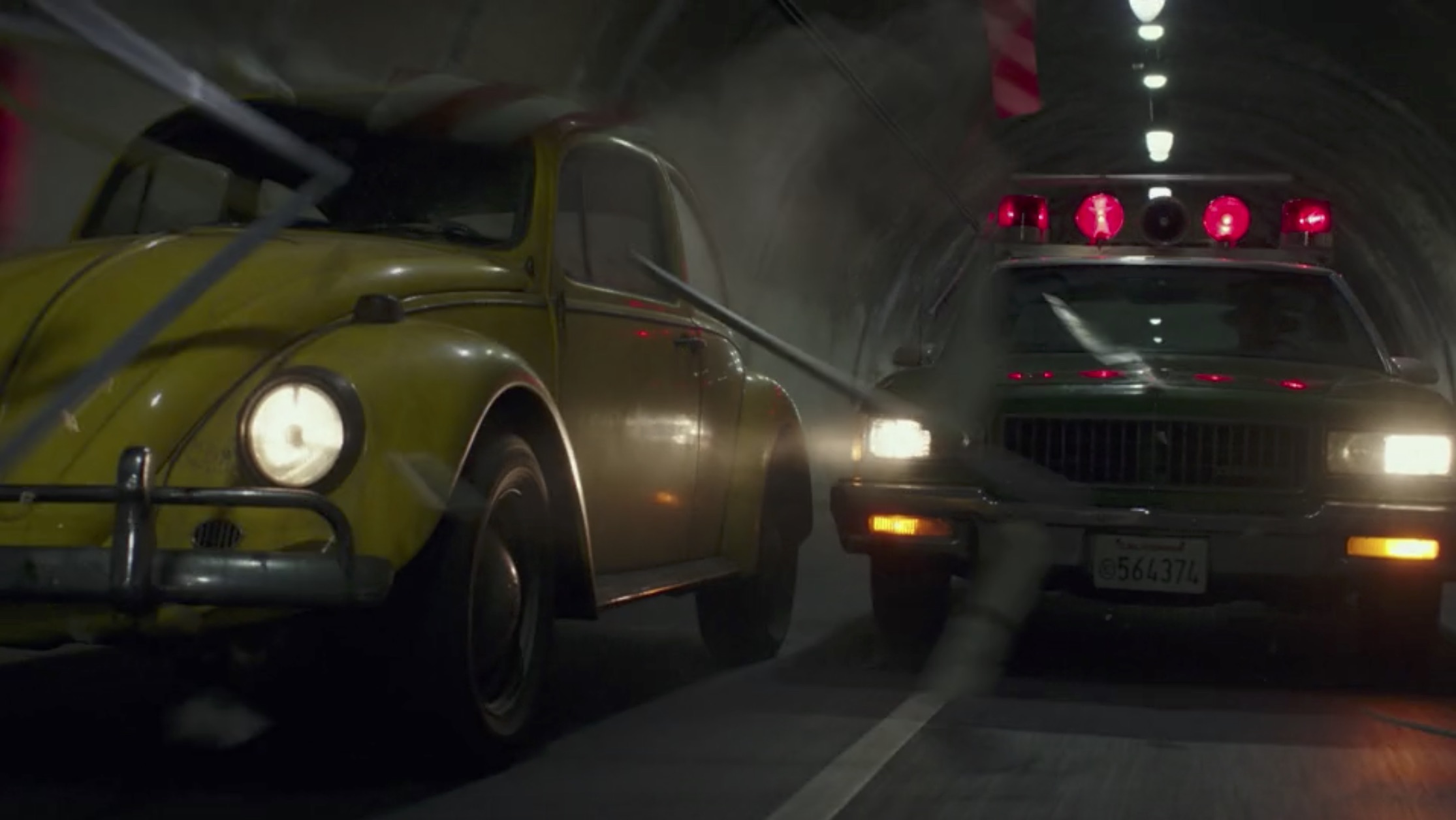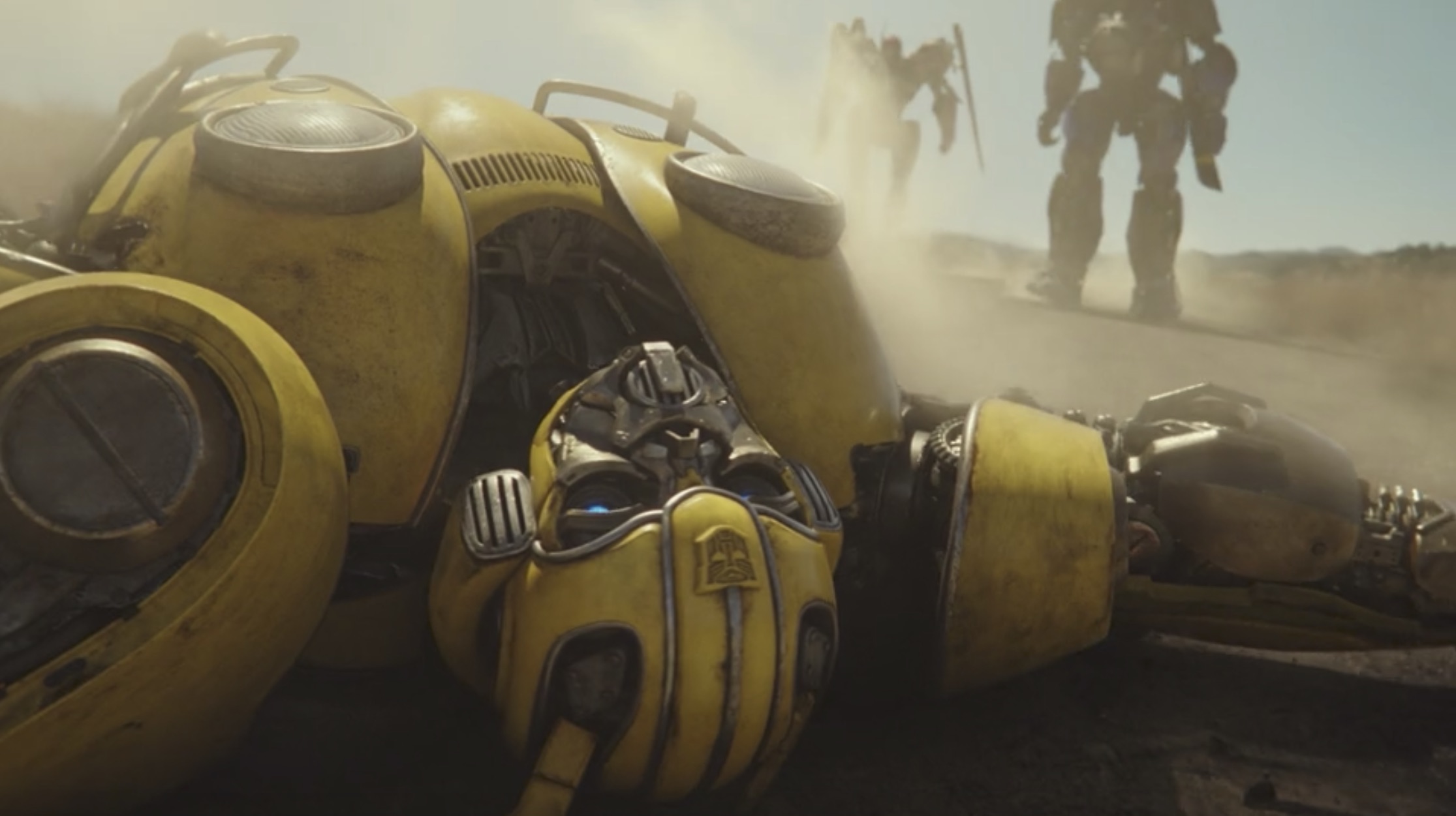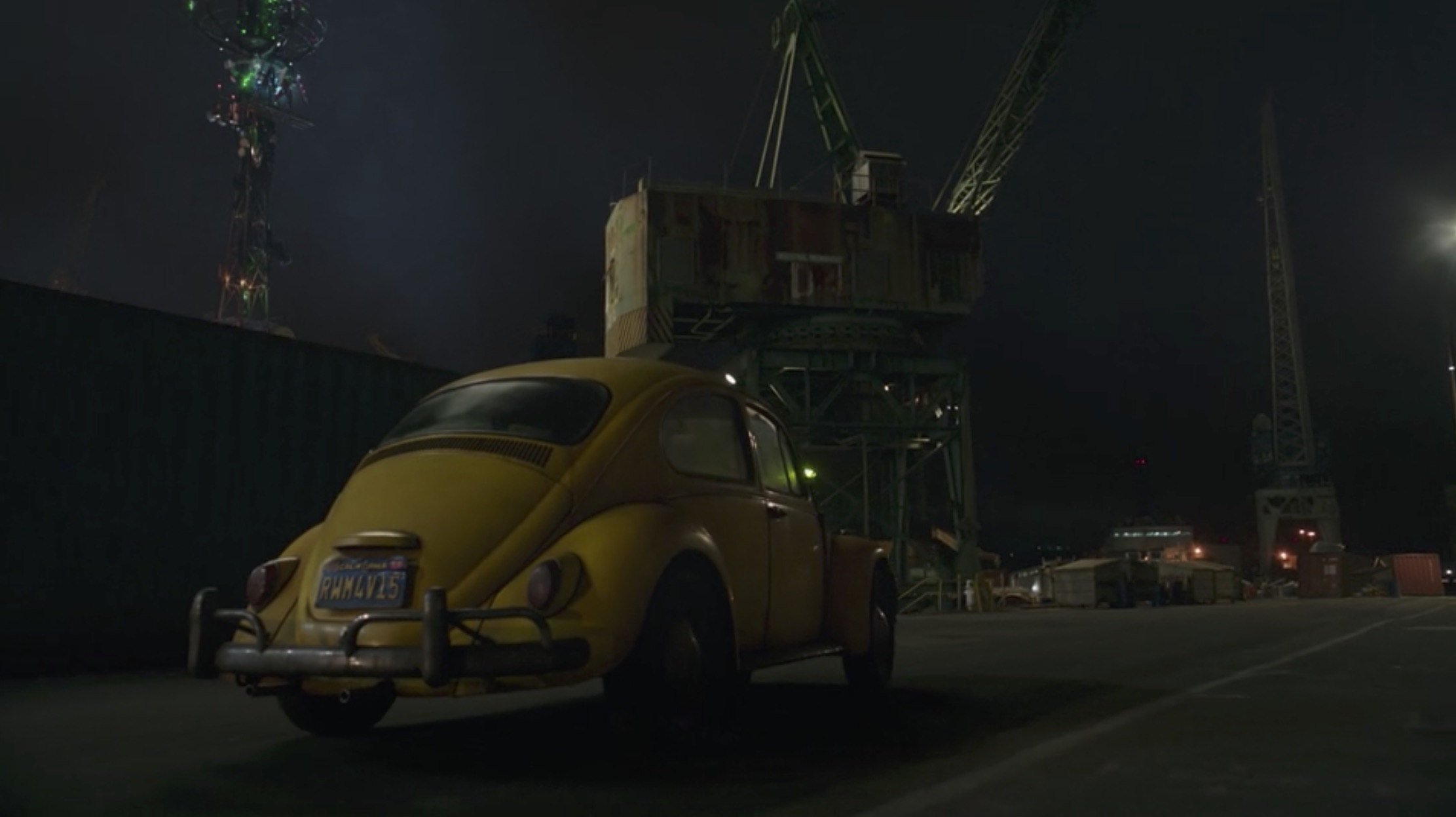Media | Articles
Bumblebee is a Rare Story of a Girl and Her Car
“A driver don’t pick the car. The car pick the driver. It’s a mystical bond between man and machine.” — Bobby Bolivia (Bernie Mac), Transformers
Steven Spielberg said the first Transformers film should be “a story of a boy and his car,” a suggestion that filmmaker Travis Knight drew inspiration from when he made his Transformers prequel Bumblebee. Except Knight tells one of very few stories about a girl and her car.
In Bumblebee, Charlie Watson (Hailee Steinfeld) has just turned 18 and is desperate for a car of her own. Despite her best efforts, she’s been unable to fix her late father’s 1959 Corvette C1 since his passing. During a trip to her uncle’s salvage yard to scavenge for parts, she discovers a run-down yellow Beetle and decides to rehabilitate it. Charlie discovers, of course, that it’s no Beetle at all, and she meets Autobot B-127, who she nicknames Bumblebee.


Bumblebee takes place in 1987, the same decade that the Hasbro toys, Marvel Comics series, and cartoon Transformers: Generation 1 debuted. The Autobots and Decepticons featured in Knight’s film are modeled after the look of these Generation 1 Transformers. In addition to Bumblebee, Autobot Optimus Prime makes an appearance, and Decepticons Shatter and Dropkick are the film’s primary villains, who transform into a 1972 Plymouth Road Runner GTX and a 1973 AMC Javelin, respectively. Producer Lorenzo di Bonaventura told Slash Film that they wanted to honor the G1 Transformers, and they succeeded.
Marketplace
Buy and sell classics with confidence
In Michael Bay’s films, Bumblebee takes the form of a Chevy Camaro. After Travis Knight’s Bumblebee arrives on Earth after a battle on his planet Cybertron, he chooses a yellow 1967 Beetle as a disguise before his memory core fails. This is not a reimagining or deviation from canon, but a nod to the G1 Transformers, when Bumblebee was originally a Bug. The G1 designs are cleaner, less busy, more pared down than the overwrought look used in Michael Bay’s movies. Bumblebee’s aesthetic overall is simple, beautiful, retro.
This ’80s-set film is tinged with nostalgia for the decade’s music, fashion, and films—from John Hughes to Amblin movies like E.T. the Extra-Terrestrial. The VW Beetle is the perfect symbol for it—and a bittersweet choice, considering 2019 will be the last year that Volkswagen produces the iconic underdog. The Beetle’s role isn’t product placement; it’s a farewell. And it’s a choice that appeals to Transformers fans and gearheads alike. Many Beetle enthusiasts believe 1967 is the car’s best year, achieving the Bug’s Platonic form and its recognizable silhouette. This year marks the debut of the 1500-cc engine, 12-volt electrics, and upright headlights, and the end of the car’s painted dash and smaller bumpers.

Even when Bumblebee is in Autobot mode, he’s still recognizably a Beetle: he has a horn grille for a mouth, front fenders and headlights for his chest, tires over his shoulders, doors like wings on his back, overall chrome trim, and a car radio for a voice box. The crew built a practical version of Bumblebee’s torso so they could light it in a way that looked natural, and so Hailee Steinfeld could make believable eye contact with the character, whose face is extensively detailed to maximize his expressiveness.
There are still plenty of explosions and robot dust-ups to satisfy devotees of Michael Bay, including a full-on brawl between Bumblebee, Shatter, and Dropkick, a war on Cybertron, and confrontations with John Cena’s Agent Burns and the mysterious government agency Sector 7. There’s even a car chase when a speeding Bumblebee evades a cop in pursuit, with Charlie and Memo (Jorge Lendeborg Jr.) as his reluctant passengers. Bee hurdles along, shifting from Beetle to Autobot to grab hold of a railing as he drives along a cliffside, to bounce around a tunnel, and to leap off the cop’s hood. This chase is a relatable fantasy: Who hasn’t dreamed of driving fast, blasting Sammy Hagar’s I Can’t Drive 55, while still somehow successfully dodging a ticket?
Knight dials down the “Bayhem” and tells a story that’s less like previous Transformers entries and more like Brad Bird’s The Iron Giant. Charlie’s a lonely kid still mourning the death of her father, and she meets Bumblebee when she needs him most. Knight brought a faithful adaptation of the G1 Transformers to the screen, and he created a touching film about friendship that also captures the relationship we have with our cars. The connection between Charlie and Bumblebee is the heart of this film, and it never sacrifices emotion in favor of spectacle.
One of eight VW Bugs used in Bumblebee is on display now through March 15, 2020 at the Petersen Automotive Museum in Los Angeles as part of its exhibit, “Hollywood Dream Machines: Vehicles of Science Fiction and Fantasy.”









